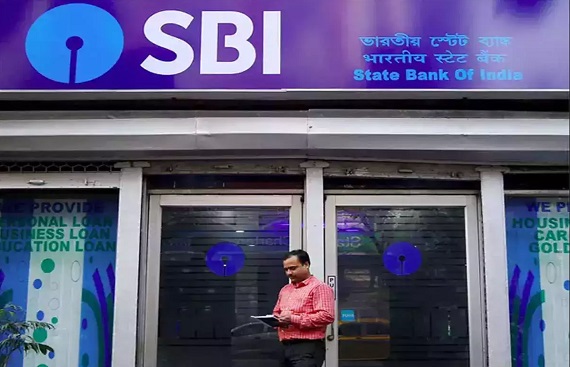SBI steps up infra financing on inks of private capex pickup
By
siliconindia | Wednesday, 08 June 2022, 08:33:28 AM IST

State Bank of India (SBI), the country’s largest lender, has doubled down on loans to the infrastructure segment comprising roads, ports and power in FY22, amid renewed demand for credit from private companies.
In FY22, about 10% of all new loans from the lender by value were towards the infrastructure segment, as against 3% in the previous financial year, showed Basel III disclosures by the bank. SBI’s exposure to all industries increased by ?3.5 trillion in FY22––both fund-based and non-fund based – of which incremental loans to the infrastructure sector were at ?34,167 crore. In the previous financial year, SBI’s exposure to all industries rose ?1.5 trillion from FY20, of which infrastructure loans accounted for ?4,614 crore.
The state-owned lender seems to have stepped up its efforts to finance infrastructure at a time the government is aggressively pushing capital expenditure spending to prop up a covid-hit economy. In FY23, the Union government allocated ?7.5 trillion for capex spending, 35% higher than the previous fiscal year. Bank loans to the infrastructure sector grew 10% from a year earlier in April, Reserve Bank of India (RBI) data showed.
Experts tracking the banking industry said that infrastructure financing was not happening for the longest time, especially after the stress post the last round of financing, which involved power, coal, and a few other sectors. Banks had become very cautious about infrastructure financing. It was also partly because they lacked adequate capital to finance large infrastructure projects. Fresh projects at initiation are typically risky and not very capital efficient, requiring banks to allocate more capital against such lending. “Things have slightly improved, although the recovery is not quite a broad-based one. We believe state banks are still quite cautious and choosy as their capital buffers are still relatively quite weak," said Saswata Guha, senior director (Indian bank ratings), Fitch Ratings.
SBI has also seen improved utilization of loans sanctioned earlier but are only now being put to use by companies. As of 31 March, 46% of SBI’s working capital limits remained unutilized, compared to 50% at the end of December last year. For term loans, unused credit is about 19% of the sanctioned amount, and the bank believes this points to the potential credit offtake in 2022-23.
“We have already sanctioned for ports and airports and are going to finance a lot of infrastructure-related activities," SBI chairman Dinesh Khara said after announcing the bank’s March quarter results on 13 May.
India’s largest lender is not alone in its bullishness on infra financing. Large lenders like Bank of Baroda and Canara Bank have also seen growth in such loans in FY22. While Bank of Baroda’s infrastructure exposure increased 34%, Canara Bank saw infrastructure loans grow 32%.
“We are very active in hybrid annuity model (HAM) projects, infrastructure projects, steel, even to some extent in power and renewable energy. We are seeing growth, not in one sector, but in various sectors spread over," L.V. Prabhakar, chief executive of Canara Bank, told analysts on 6 May.
The state-owned lender, Prabhakar said, expects to grow its loan book by over 8% in FY23, given the kind of loan inquiries and capex demand it is witnessing.
That apart, with the National Bank for Financing Infrastructure and Development (NaBFID) set up to spearhead financing of infrastructure projects yet to take off, banks, especially state-owned ones, are expected to do the heavy lifting. In March, former ICICI Bank chief and the chairperson of NaBFID K.V. Kamath said it would start operations in the first three months of FY23.
Bank loans to corporates revived in FY22, with lenders loosening their purse strings to fund infrastructure projects and catering to increased working capital needs. This surge in demand and willingness of banks to fund infrastructure took corporate credit growth to an eight-year high in 2021-22. As a result, corporate loans grew 7.1% year-on-year in FY22, as against a contraction of 0.4% in the previous financial year, showed data from the RBI.
Read More News :
Messe Muenchen India announces partnership with NASSCOM Centre for Excellence (CoE)
Pudu Robotics joins World AI Show & Awards as Robotics Partner


.jpg)
